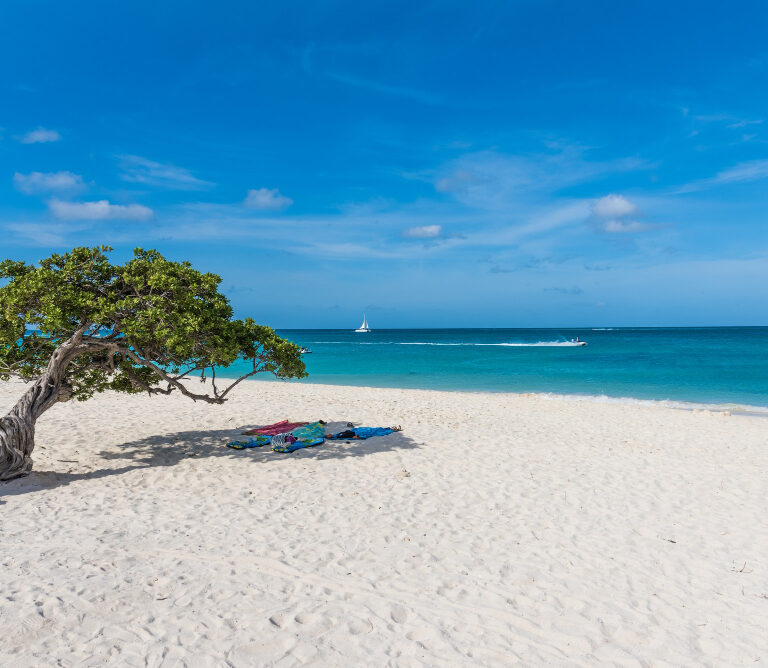Jumba la Mtwana is an ancient village located on the coast of Kenya in the Kilifi region. It is considered an important trading port in the 14th or 15th century, where goods such as turtle shells, rhino horns, and ambergris were traded for items like Chinese dishes. However, the village was abandoned at some point in the 15th century, leaving behind a trail of mysteries and questions for visitors to uncover.
In this post, we will explore the history of Jumba la Mtwana, take a tour of the well-preserved ruins, and learn about the efforts to preserve and protect this cultural and historical site. Join us as we delve into the past and uncover the secrets of Jumba la Mtwana.
The History of Jumba la Mtwana
While there are no written historical records of Jumba la Mtwana, ceramic evidence suggests that the village was built in the 14th century and abandoned early in the 15th century. The dating is based on the presence of early blue and white porcelain with lung-Chuan celadon and the absence of later Chinese wares.
Jumba la Mtwana’s strategic location on the coast likely played a significant role in its development as a trading port. The village had access to fresh water and was protected from external attacks by sea due to its lack of a harbor. Larger vessels would have had to anchor offshore or move up the Mtwapa Creek.
It is believed that the village traded goods such as turtle shells, rhino horns, and ambergris, a substance secreted by sperm whales and used in perfume-making. In return, the village received goods like Chinese dishes, the fragments of which can still be seen on the floors of some of the buildings today.
Exploring the Ruins of Jumba la Mtwana
Today, visitors to Jumba la Mtwana can explore the remains of the village and gain a glimpse into its past. The site consists of four mosques, a tomb, and houses, including the House of the Cylinder, the House of the Kitchen, the House of the Many Pools, and the Great Mosque.
One of the site’s most striking features is the House of Many Doors, which is believed to have served as a guesthouse. The structure has many doors, possibly allowing for the flow of sea breezes and accommodating the movement of people and goods.
Another notable feature of Jumba la Mtwana is the Mosque by the Sea, which offers a beautiful view of the Indian Ocean. The mosque is decorated with an Arabic inscription on a stela next to the nearby graveyard that reads “Every Soul Shall Taste Death,” with a small hole beneath it representing the opening through which all humans must pass on the way to paradise.
Other structures at the site include several cisterns, which demonstrate the importance of hygiene in the village, and dried-out wells that are as deep as 40 meters. Visitors can also see the remains of mangrove support beams in the upper walls of some of the buildings and the twisting arms of 600-year-old trees, which may have been part of a nearby kaya or sacred grove.
In addition to the ruins, Jumba la Mtwana also has a small Swahili culture museum and a sea restaurant. The site’s custodian offers guided tours for a small gratuity, providing insight into the history and significance of the village.
The Excavation and Preservation of Jumba la Mtwana
The ruins of Jumba la Mtwana were first excavated and cleared in 1972 by James Kirkman to date the buildings, determine the period of occupation, and consolidate structures that were in danger of collapse. Kirkman’s work helped to shed light on the history of the abandoned village and provided a glimpse into the lives of its former inhabitants.
Since the initial excavation, efforts have been made to preserve and protect the ruins of Jumba la Mtwana. Consolidation work has been carried out to reinforce structures at risk of collapsing, and several conservation measures have been put in place to protect the site from damage.
In 1982, Jumba la Mtwana was gazetted as a National Monument, recognizing its importance as a cultural and historical site. The designation has helped ensure the village’s preservation and its ruins for future generations to enjoy and learn from.
Today, visitors to Jumba la Mtwana can explore the well-preserved ruins and learn about the history and significance of the village. The site is a fascinating destination for anyone interested in the history and culture of the Kenyan coast.
Conclusion
Jumba la Mtwana is a fascinating and alluring destination for anyone interested in the rich history and culture of the Kenyan coast. The abandoned village offers a glimpse into the past, with its mysterious history and well-preserved ruins. Visitors can explore the mosques, houses, and other structures at the site and learn about the village’s role as a trading port and cultural significance.
In addition to its historical value, Jumba la Mtwana is also a beautiful and peaceful place to visit. The serene setting, surrounded by the Indian Ocean and the twisting arms of 600-year-old trees, is the perfect backdrop for a day trip or a stroll. Whether you’re a history buff or simply looking for a peaceful escape, Jumba la Mtwana is a must-see destination in Kenya.







